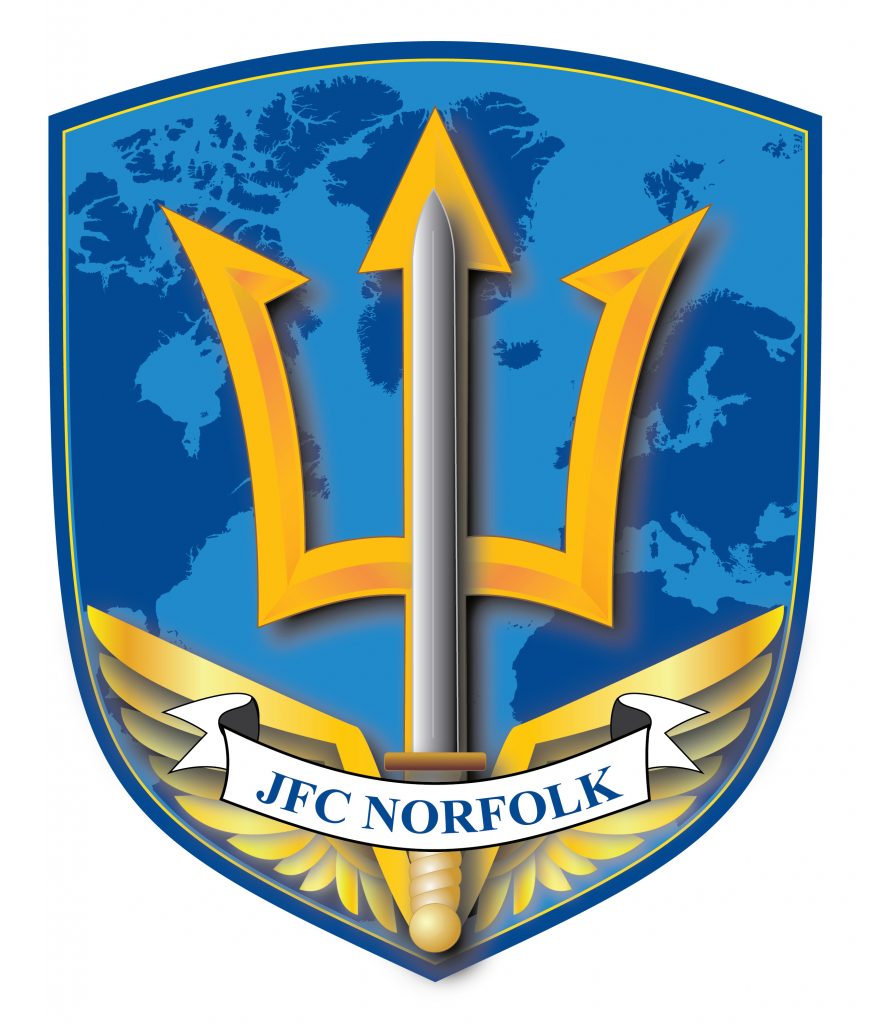
The missile is pressurized with nitrogen to prevent the intrusion of water into any internal spaces, which could damage the missile or add weight, destabilizing the missile. The subsequent pressure spike is strong enough to eject the missile out of the tube and give it enough momentum to reach and clear the surface of the water. The energy from the blast is directed to a water tank, where the water is flash-vaporized to steam. The missiles are ejected from their tubes by igniting an explosive charge in a separate container. The launch from the submarine occurs below the sea surface. The launching of a Trident I C-4 missile from the submerged USS Francis Scott Key and the re-entry vehicles plunging into the Atlantic Ocean, 1981 In 2009, the United States upgraded the D5 missiles with an arming, fuzing and firing (AF&F) system that allows them to target hardened silos and bunkers more accurately. The total cost of the Trident program thus far came to $39.546 billion in 2011, with a cost of $70 million per missile. Under the agreement, the United Kingdom paid an additional 5% of their total procurement cost of $2.5 billion to the US government as a research and development contribution. However, in 1982 Thatcher wrote to President Reagan to request the United Kingdom be allowed to procure the Trident II system, the procurement of which had been accelerated by the US Navy. British Prime Minister Margaret Thatcher wrote to President Carter on 10 July 1980, to request that he approve supply of Trident I missiles. Trident missiles are provided to the United Kingdom under the terms of the 1963 Polaris Sales Agreement which was modified in 1982 for Trident. Trident II (designated D5) had the objective of improved circular error probable (CEP), or accuracy, and was first deployed in 1990, and was planned to be in service for the thirty-year life of the submarines, until 2027. Its objective was to achieve performance similar to Poseidon (C3) but at extended range. Trident I (designated as C4) was deployed in 1979 and retired in 2005.

The Trident was to be a larger, higher-performance missile with a range capacity greater than 6000 mi. In May 1972, the term ULMS II was replaced with Trident.

The ULMS II missile system was designed to be retrofitted to the existing SSBNs, while also being fitted to the proposed Ohio-class submarine. In addition to a longer-range missile, a larger submarine was proposed to replace the Lafayette, James Madison and Benjamin Franklin-class SSBNs in 1978. ULMS program outlined a long-term modernization plan, which proposed the development of a longer-range missile termed ULMS II, which was to achieve twice the range of the existing Poseidon (ULMS I) missile. A Decision Coordinating Paper (DCP) for the ULMS was approved on 14 September 1971.

In 1971, the US Navy began studies of an advanced Undersea Long-range Missile System (ULMS). 2.4 D5LE2 (D5 Life Extension Program 2).

If you would like to find out our stores' locations or operating hours, please click here. Saturday/Sunday & Public Holidays: Closed Monday - Friday: 9:00 am - 5:30 pm (AEST) This allows our staff in-store to process orders as efficiently as possible while our Customer Service Team is dedicated to answering customer requests. Please note: To ensure we provide the best possible service, our stores are not available by phone. Rest assured, we'll make a point to get back to you as soon as possible with an answer! Given the varied nature of some of the technical requests we receive, our team may need to investigate your enquiry and be unable to provide an immediate resolution on the phone. Alternatively, if you prefer to speak to a member of our team, click 'Need Help?', select 'Something Else' and select 'Speak with our Team'.Īlternatively, if you prefer to speak with us on the phone, you can call our Customer Service Team on (07) 3369 3928. To contact our Customer Service Team, simply click 'Need Help? ' on the right-hand side of this page, and you can send us an email.


 0 kommentar(er)
0 kommentar(er)
